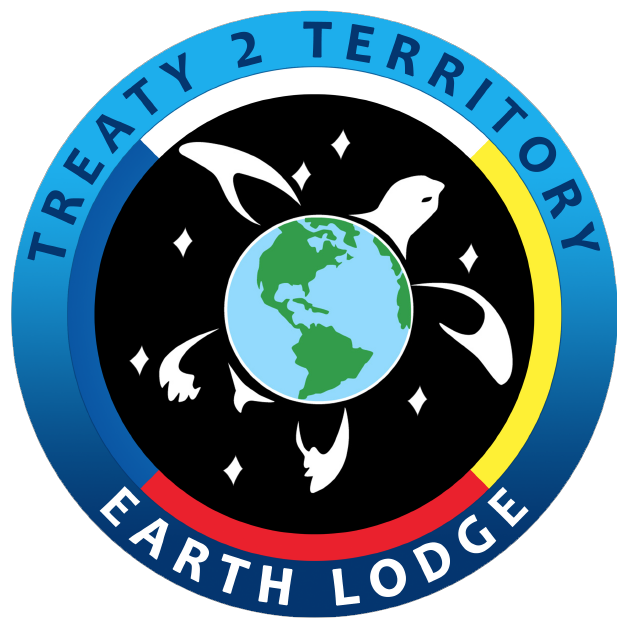Treaty Two Territory
As we work towards developing and supporting the creation of a school curricula that is based on an Indigenous world view, centered on the principles of Anishinaabe Mino Bimaadiziwin, we need to find the balance between learning outcomes that are foundational to students engaging with the world around them and teaching methodologies that are grounded in Indigenous culture, traditions and knowledge.
This process is intricate and needs to ensure that we are not just adding books and activities to the classrooms but providing space that honours the voice of knowledge keepers and elders; and emphasizes the importance of the Anishinaabe traditions, ceremony, and the history specific to each of our Nations.
Carolyn Roberts says, in her blog, “Educators need to be able to know why they are bringing in the Indigenous perspective and how it connects to what they are doing and learning about” (2016).
Roberts goes on to express the importance of going beyond the surface activity to give a deeper understanding of all the precursor traditional understandings, processes and generational stories that go along with it. Just making a dreamcatcher or cooking soup without going deeper into why they are made, who made them, or how the supplies were gathered, etc, will not get us past the tokenistic meaning behind the activity and does not move us in the way of decolonization.
In the report, State of First Nations Learning and Education (2005), Dr. Marie Battiste and Sheelagh McLean, of Aboriginal Education Research Centre at the University of Saskatchewan, explain how despite the genuine efforts to change the quality of education on Local Nations, progress and success of students is still slow.
“The add and stir model of education does little to empower students and reconcile their position in society nor does it provide the needed foundation for students to find the awareness or means to overcome the root problems of their oppression.”
(Battiste and McLean, 2005)
The foundation for an education built upon an Indigenous worldview needs to be approached from a multi-faceted analysis, review, and restructuring. The areas that may need to be examined include:
- Culture and language
- Parental and community development
- Literacy
- Information and communication technology
- Pedagogical and andragogical approaches
No matter what level of education and learning is being delivered, students and participants will have their success supported if the following areas are reflected in the learning environment, delivery of content and assessment of learning:
- Personal constructs such as self-esteem, social competence, and resilience.
- Culture and identity which creates a connectedness to culture and community.
- Academic climate which includes engagement, feelings of belonging and self-efficacy.
- Teacher/Instructor engagement including cultural and linguistic competence, motivation, and the ability to collaborate with others.
- Finally, family and community exploring the areas of citizenship, parental/family involvement, family connectedness, and sense of community.
(Adapted from Indicators of Student Success, Brandon University, 2019)

Image: Redefining How Success is Measured in First Nations, Inuit and Metis Learning, Canadian Council of Learning, 2007, page 19.
This depiction of the First Nations Holistic Lifelong Learning Model presents a visual representation of the conditions needed to foster an environment rich in cultural continuity and one that is foundational to individual learning and the collective well-being of the individual, the family, and the community.
Valerie McInnes
Zoongi Gaabawa Keetahbih Mukwa (Strong Standing Circling Bear)
Earth Lodge Keeper
References:
Canadian Council of Learning. 2007. Redefining how success is measured in First Nations, Inuit and Metis learning. Redefining How Success is Measured in First Nations, Inuit and Métis Learning (copian.ca). Canadian Council of Learning, Ottawa.
Paupanekis, E. & Murray, F. 2019. Indicators of student success: Teacher handbook. Brandon University. https://www.bucares.ca/publications/indicators-of-student-success-teacher-handbook. Brandon, Manitoba.
Roberts, C. 2016. This isn’t an add and stir approach to education. https://www.carolynroberts.net/single-post/this-isn-t-an-add-and-stir-approach-to-education
Smith, J., Rempel, K., & Duncan, H. 2020. Final report of the program evaluation of the action research for mino-pimaatisiwin in Erickson schools, Manitoba. https://www.bucares.ca/publications/final-report-of-the-program-evaluation-of-the-action-research-for-mino-pimaatisiwin-in-erickson-schools-manitoba. Centre for Aboriginal and Rural Education Studies, Brandon University.
